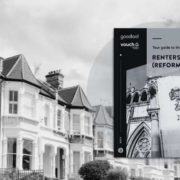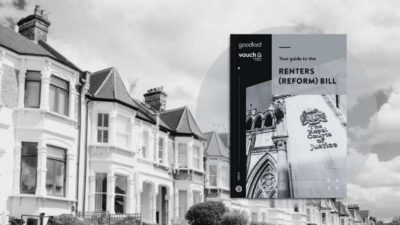Property consultancy Rapleys has warned that 130,000 commercial properties across England and Wales face becoming obsolete with values effectively being wiped as the Government’s commercial EPC targets take effect.
On 1 April 2023, any commercial property that doesn’t meet exemptions will be unable to be “continue to let” as EPCs of F & G will be considered “substandard”.
There are some 130,000 properties on the register that are below the required standard of EPC E rating which equates to 93 m sq m of commercial real estate in England and Wales alone.
Based on an average upgrade cost of £150 per sq m for basic energy upgrade work that would nudge a certificate to only an E or D rating, this alone means an estimated cost of £13.95 billion, which will rise significantly as higher certificate bandings are aimed for/required.

Lee Fraine, head of sustainability and building services at Rapleys, said:
“While these policies were put in place to deal with the very real challenge of climate change and are legally binding targets from The 2008 Climate Change Act and the 2015 Minimum Energy Efficiency Standards, the reality is that in a couple of days’ time smaller landlords who cannot afford to upgrade will suffer.
Yes there are exemptions but these will be helpful to very small properties, not the middle ground who are constantly being squeezed from the property market.
In residential we have seen landlords exiting the industry in droves, and now we face a situation where commercial landlords are unable to upgrade and unable to earn an income.
Yes there needs to be a line drawn but perhaps – given the current economic challenges and the need to help the high street and boost businesses, some further help could be given to those smaller landlords that only just don’t meet the exemption criteria which will together make up a significant number of the 130,000 properties in this category.”
Exemptions to the legislation include work that can be proven will not have a payback within seven years; temporary buildings with usage of less than two years; a listed or protected building for which energy performance requirements would mean unacceptable alterations; standalone buildings with a total useful floorspace of 50 sq m; a building used as a place of worship or religious activities; an industrial property that doesn’t use much energy; a property that is due for demolition by landlord or seller with the relevant consents in place; tenancy agreements with up to 6 months and whose tenants have been in occupation for more than 12 months continuously and tenancy agreements granted for a term of 99 years or more.
Fraine points to an example:
“I’ve spoken to numerous family businesses who rely on commercial property for income and also their pension. One example whereby a family-owned business has a commercial building with a value of £20m but work will cost £4m to upgrade to a D rating.
The payback period is 6.5 years.
Banks won’t lend to them because it’s a huge amount to only go up marginally – realistically in a few years, it will need further work and that could quite reasonably cost almost the amount of the building’s value today anyway.
In this circumstance, the family’s income is taken away and their future value is also wiped.
Now multiply this by thousands and we have a real issue that perhaps hasn’t been considered by Government who mean well but are effectively removing landlords from the market, rendering huge amounts of business premises vacant, pushing families to the brink or even over the edge financially and still not fixing the problem at hand.
And that’s without the penalties that are tipped to range between £5,000 to £50,000 per property that are unclear this close to the deadline.
We need an urgent fix for these people and buildings to prevent an even worse crisis or crash.”
Institutions and pension funds that own swathes of property have already in the main part refinanced the retrofitting of their portfolios with existing capital or by lending that has been easier to access. This simply isn’t the case for smaller landlords.
While further policy changes aren’t yet confirmed, the proposals are that residential properties will need to be a C and commercial a D by 2025, while rumours are that commercial will also need to be a C by 2027/28 to be in line with residential.
This is good news for big developers or new housebuilders who already aim for the best ratings as sustainability is much easier to include when building from scratch.
Fraine adds:
“By rendering older properties in these rating groups obsolete we are not helping embodied carbon as many of these will simply be demolished so there needs to be a comfortable balance between repurposing existing buildings with affordable work that can mean they can go on being used, against aiming for the best certificates which mostly only new buildings inevitably can achieve.
Once we deal with the F & G properties there are a further 520,000 commercial properties rated E or D.
That’s 378 million sq m that could cost £56 billion to upgrade. And who’s going to fund it?”





















Comments